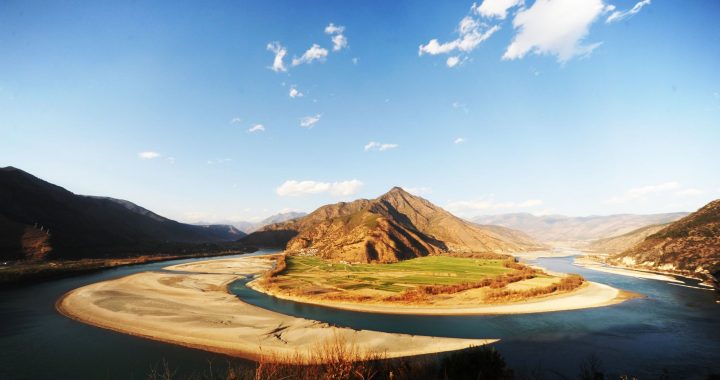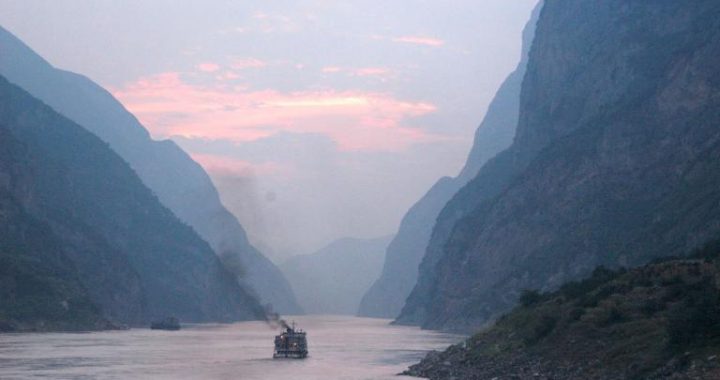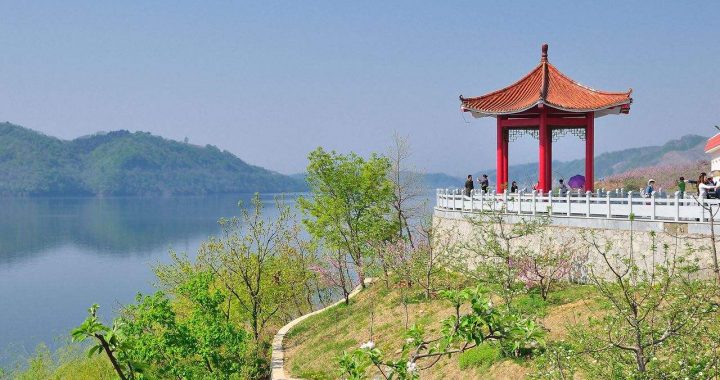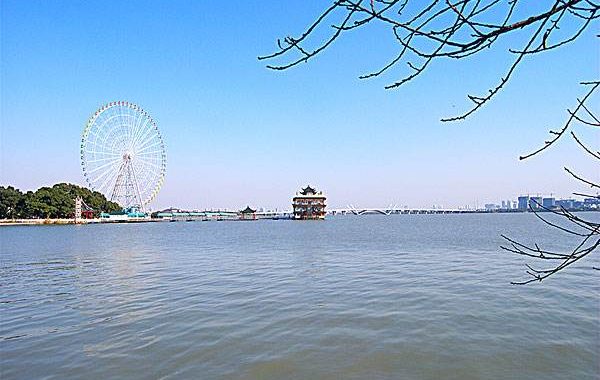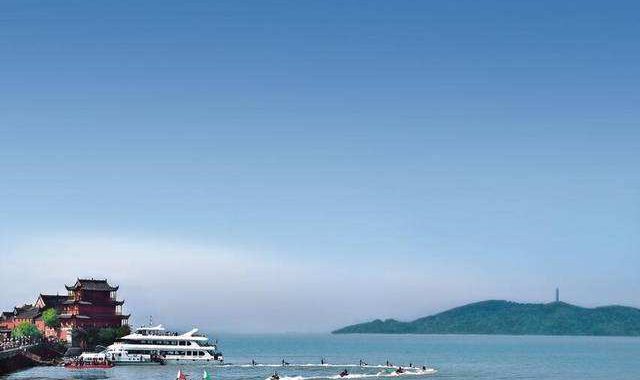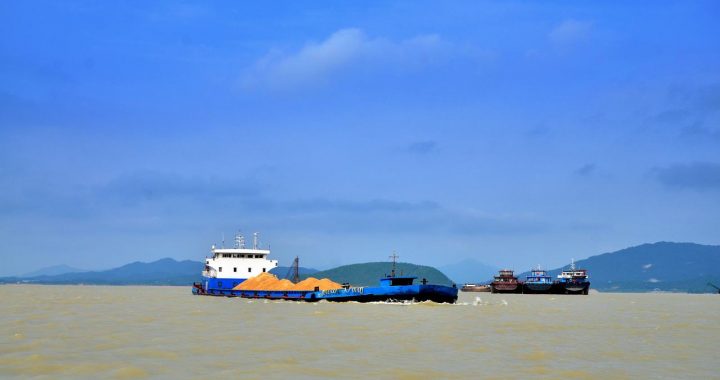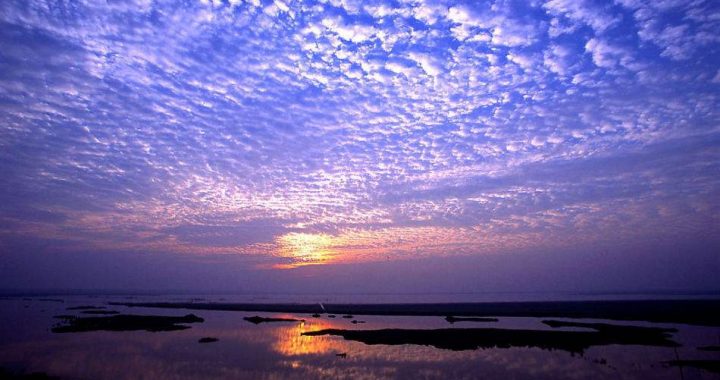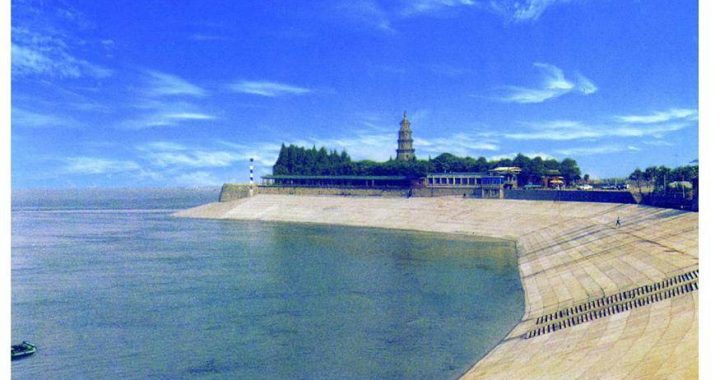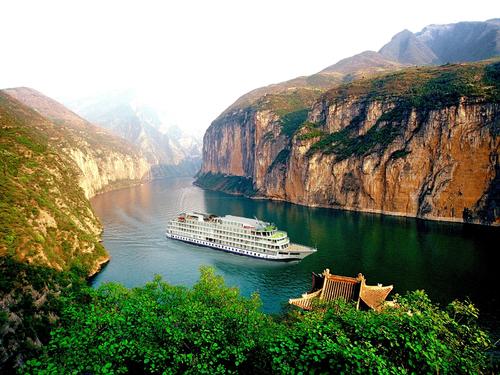The Cradle of ChineseCivilization
5 min readTraversing China and surging day and night,the Yangtze River,like the Yellow River,is the mother river of the Chinese people,the cradle of Chinese civilization,and the womb of Chinese culture.Generations of Chinese people live and work in the Yangtze River Basin.
All kinds of natural conditions show that Three Gorges of the Yangtze River does have the living condi-tions for the humankind.Wushan Ape Man was one of the earliest humankind in China,who lived in the Wushan Mountain in Three Gorges of the Yangtze River.In Wushan Mountain,archaeologists unearthed the human fossils of more than two million years ago,which are the earliest human fossils China has ever found.The archaeol-ogists also proved the existence of many ancient organisms which appeared together with humankind.Also found in Yuanmou County of Yunnan Province were the human fossils of“ape man”period in the Paleolithic Age,which is the best evidence to the long history of human activities in the Yangtze River Basin and also helps the experts prove the existence of Yuanmou Ape Man of more than 1.7 million years ago. Besides, the Lantian Man of 1 mil-lion years ago, the Nanjing Man of 350 thousand yearsago, the Hexian Man of 300 thousand years ago and the Changyang Man of more than 100 thousand years ago, were all proved to have lived in the Yangtze River Basin.
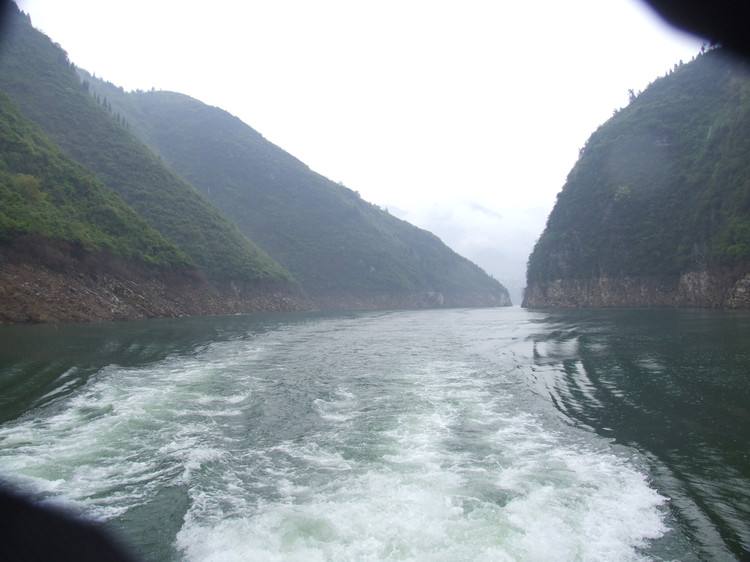
From 4000 BC to 2000 BC, the primitive people living along the middle reaches of the Yangtze River began tosettle down and make growing rice as the primary means of living and fishing as the supplement, which brewed more advanced civilization of the primitive society. In 1970s, the archaeologists found two sites of the Shang dy-nasty(1600 BC-1046 BC) relic in the Yangtze River Basin in Jiangxi province and Hubei province, and un-earthed hundreds of pieces of precious cultural relic like bronze ware, crockery, jade article, stoneware and bone articles, which provided valuable materials for the re-search of politics, economy and culture of the Shang dy-nasty(1600 BC-1046 BC). Yellow River and the Yangtze River, the twin sisters who brewed Chinese ancient civi-lization, accepted the ancient Chinese people and guided them to create splendid civilization with their own hands.
The similarity of cultural characteristics between the Yangtze River Basin and the Yellow River Basin demon-strates that the Chinese civilization enjoys a high degree of unification.
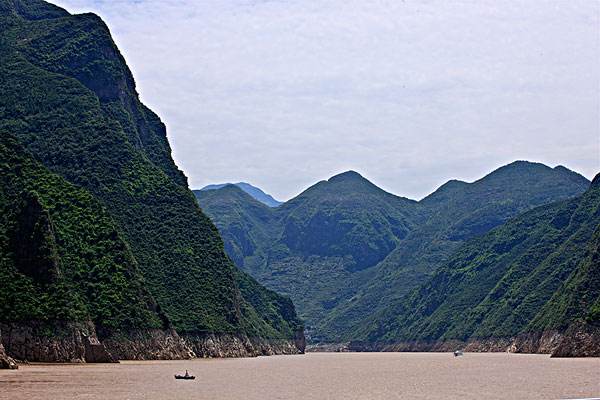
In the lower reaches ofthe Yangtze River Basin there are also many sites of ancient cultures. Among them, Majiabang Culture and Hemudu Culture represent the Neolithic Age culture in the lower reaches of the Yangtze River. The rice relic found in those sites shows that rice growing was the primary agricultural activity at that time, and the rice relic are also of great significance in investigating the origin of rice cultivation in China and its position in the rice growing history of the world. The Ne-olithic Age culture of the lower Yangtze River represented the developing trend of the Chinese ancient civilization at that time, and it occupied a very important position in the profound Chinese civilization. Besides, the position of the Yangtze River Basin in prehistoric archaeology was also established.
Over thousands of years, the Yangtze River breeds the people with its luscious milk. The Yangtze River Basin, rich in products and water systems, creates excel-lent conditions for the formation of Ba-Shu, Jin-Chu and Wu-Yue Cultures.
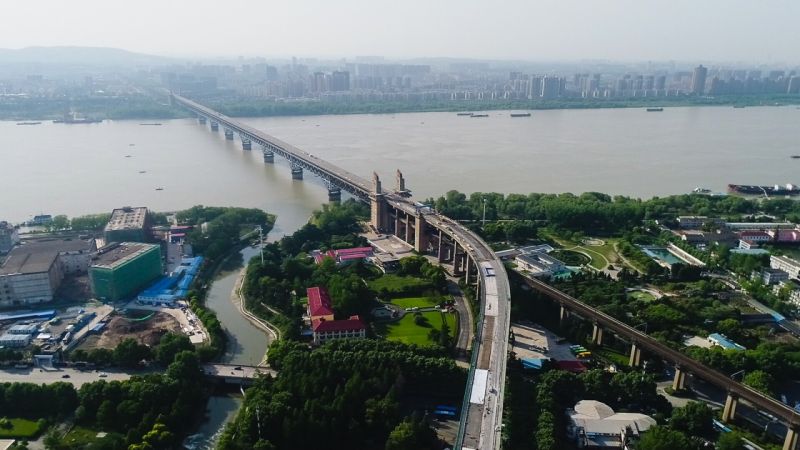
In Warring States Period (475 BC-221 BC), Dujiang yan Weir that built under Li Bing’s leadership brought enormous irrigative and economic benefit. The Chengdu Plain became an affluent area, with flourishing agriculture, developed commerce, prosperous textile industries and ad-vanced technology, and Ba-Shu area became one of the richest areas in China at that time.
In order to promote agricultural development, the Chu State put a lot of emphasizes on building irrigation systems. The famous irrigation projects like Qisibei Pond, Shaobei Pond, etc., were all constructed at that time. The flourishing of agriculture provided basis for the rising of other industries, and small industry and handicraft industry developed rapidly. The developed economy also propelled the Chu state to achieve splendid technology and advanced culture.
The economy of Wu-Yue region in the lower reaches of the Yangtze River also developed in leaps and bounds.
To a large degree the advancement of the society was ben-efited from the exploitation of the water resources of the Yangtze River, which not only facilitated traffic, transport, cultivation and irrigation, prevented the region from floods and created important stable society for economic devel-opment, but also promoted the advancement of technology and arts.
After the Rebellion of An and Shi in the Tang dy-nasty (618-907), the economic center of the country be-gan to move southward, and the Chinese economy and culture achieved unprecedented development, in which the Yangtze River Basin played an undeniable important role.
Taihu Lake area was given the title of “China Barn”due to its massive production of rice, and the Yangtze River Basin also topped in yields of other farm products. The Yangtze River Basin, little impacted by the Rebellion of An and Shi, be-came the base of economic recovery of the Tang dynasty (618-907).
In the development of Chinese civilization, the cul-ture and technology of the Yangtze River Basin alwaystook the lead. In Spring and Autumn Period (722 BC-481BC)-the time of a “hundred schools of thought contend-ing”-great achievements were accomplished: Zhuang Zhou and Lao Tzu were the representatives of Chu Cul-ture, and the rising of the Taoism contributed to the Chi-nese traditional culture greatly. The poets in the Yangtze River Basin,e.g. Li Bai, Du Fu and Liu Yuxi, were the major vital force that pushed the poems of the Tang dynasty (618-907) onto the peak of Chinese classical literature. The Yangtze River Basin also used to be the center of social and cultural transformation. In the late Qing dynasty (1616-1911), lots of revolutionists gathered here, spurning the old thoughts and promoting new ideas and thoughts,which finally aroused trend of thought in literature and de-veloped into revolutionary literature movement. Besides, Modern Vernacular Chinese was also first popularized in the Yangtze River Basin.
The Yangtze River Basin is also the area with flour-ishing religions, and hosts three of the four Buddhist Holy Lands in China:E’ mei Mountain in Sichuan province, Ji-uhua Mountain in Anhui province and Putuo Mountain in Zhejiang province. The four famous mountains of Tao-ism-Wudang Mountain in Hubei province, Longhu Mountain in Jiangxi province, Qiyun Mountain in Anhuiprovince and Qingcheng Mountain in Sichuan province-
are all situated in the Yangtze River Basin. The temples and statues of Buddha built in all dynasties were innumer-able, which you could find among the age-old trees in high mountains.
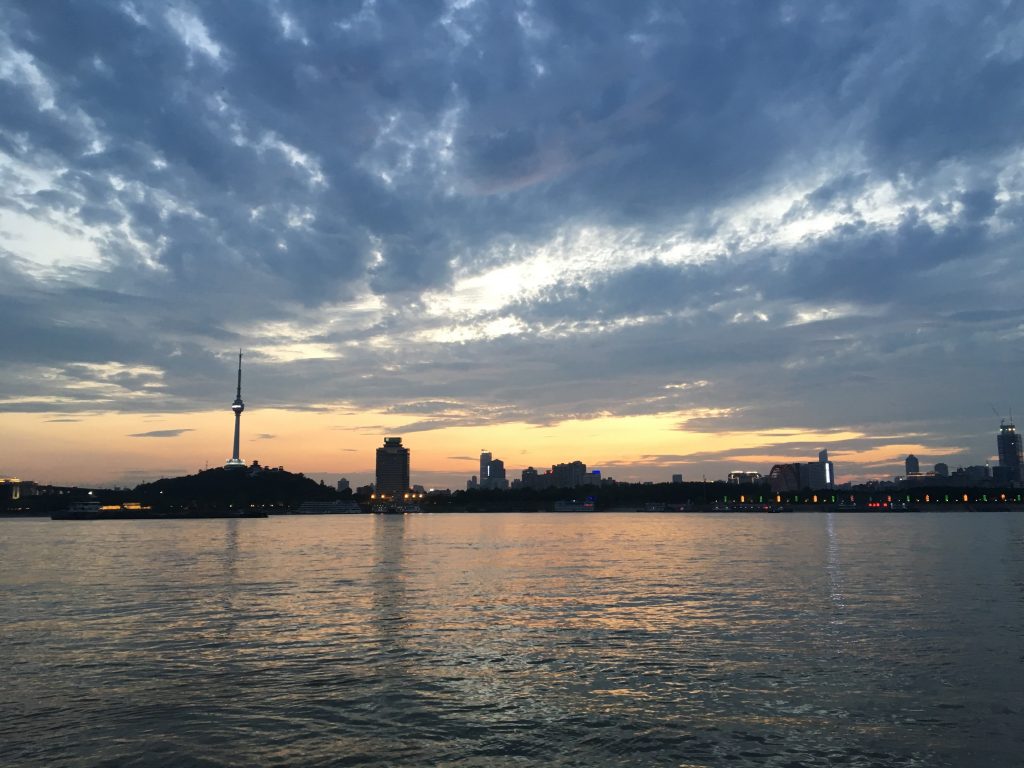
In all the years, the rich resources of the Yangtze Riv-er Basin make the affluent places of the “land of abun-dance”,a”land of fish and rice”,”China Barn”,”paradise on earth”. Just like the lyrics we sing,”We praise the Yangtze River, because of your inexhaustible headspring.
We depend on the Yangtze River, because of your mater-nal affection!”
